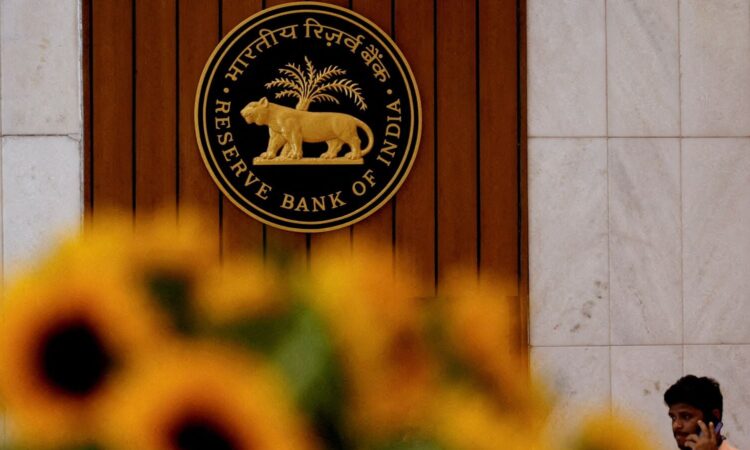
India’s foreign exchange reserves declined by $1.183 billion to $695.489 billion for the week ended 18 July, according to data released by the Reserve Bank of India on Friday, 25 July.
In the previous reporting week, the reserves had fallen by $3.06 billion to $696.67 billion. The reserves had touched an all-time high of $704.885 billion at the end of September 2024.
Foreign currency assets
For the week ended 18 July, foreign currency assets, the largest component of India’s foreign exchange reserves, declined by $1.201 billion to $587.609 billion, according to data released on Friday.
These assets, expressed in US dollar terms, also reflect the impact of movements in non-US currencies such as the euro, pound, and yen held in the reserves, PTI reported.
Different trend in gold reserves
While India’s forex reserves saw an overall decline, gold reserves rose by $150 million to $84.499 billion during the week, the Reserve Bank of India said.
Meanwhile, Special Drawing Rights (SDRs) fell by $119 million to $18.683 billion, and India’s reserve position with the International Monetary Fund (IMF) declined by $13 million to $4.698 billion, according to the central bank’s data.
Forex reserves are the assets held by the central bank, primarily in reserve currencies such as the US Dollar and smaller portions in the Euro, Japanese Yen, and Pound Sterling.
In 2023, India increased its foreign exchange reserves by about $58 billion, reversing the $71 billion decline seen in 2022. In 2024, reserves grew by just over $20 billion, reaching an all-time high of $704.885 billion by September’s end.
Governor Sanjay Malhotra announced during the outcome of the Monetary Policy Committee (MPC) decisions that India’s forex reserves are enough to meet 11 months of the country’s imports and about 96 per cent of external debt.
He stated that India’s external sector is resilient and the key external sector vulnerability indicators are improving.




